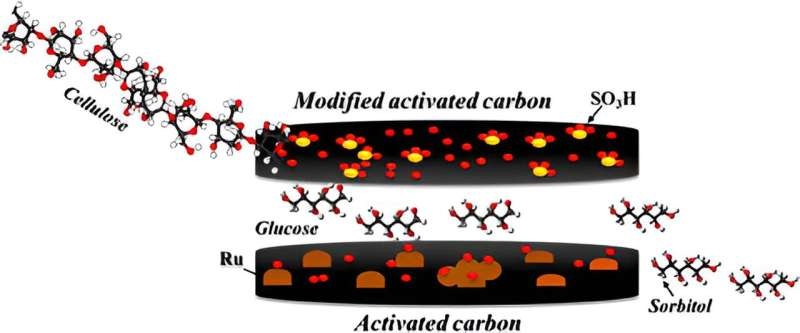Discover how a novel tandem catalyst system is revolutionizing the sustainable conversion of biomass waste into valuable biofuels and bio-additives, paving the way for a greener future.

How to Solve the Biomass Problem
Development of eco-friendly replacements to fossil fuels has escalated around the world due to an enormous pressure on sustainable energy. As a by-product of industries, biomass waste has great promise in the companies making biofuels and bio-additives. Yet, the transformation of biomass into valuable chemicals is limited by low efficiency of current catalytic methodologies.
As shown by traditional catalytic approaches are notoriously poor in converting biomass to advanced biofuels, thus resulting in low yields and high costs. This limitation prevents biomass-derived products from being implemented at scale, keeping away the move to a more sustainable future. New technologies that could address these challenges, and establish potential for biomass as a renewable resource has been a question posited by researchers.
A Landmark Tandem Catalyst
Now, in an impressive paper published by the Journal of Bioresources and Bioproducts led by — Fatima-Zahra Azar from Universidad de Alicante (Spain) and Haichao Liu from Peking University — tandem catalyst system that is hoped will revolutionize biomass conversion has been proposed.
The cutting-edge system is made up of a pair of components—largely a solid acid catalyst which advances the hydrolysis of biomass and… The researchers have taken advantage of such complementary catalytic functions to develop a robust, versatile route for the synthesis of chemicals and fuels from biomass.
Two functionalized activated carbons and the resin Amberlyst 15 are employed as solid acid catalysts in the work. The metal catalyst material contains Ru nanoparticles on the original AC support. Combination of these two catalysts has clearly shown an enhancement of activity over the supported Ru catalyst and unprecedented levels in biomass conversion and selectivity.
Conclusion
We believe that the discover of this novel study is the first demonstration in tandem catalysts that may have an outstanding potential from biomass waste to high-added-value chemicals in a green production. The innovative strategy is in harmony with the positive international trend toward sustainability and could lead the biomass valorization to a comprehensive route out, promoting eco-friendly approach. Importantly, it is a transformative solution that overcomes the constraints of conventional catalytic routes and could become the key enabler for driving a step change in biomass utilization and the transition to a low carbon, circular economy.
